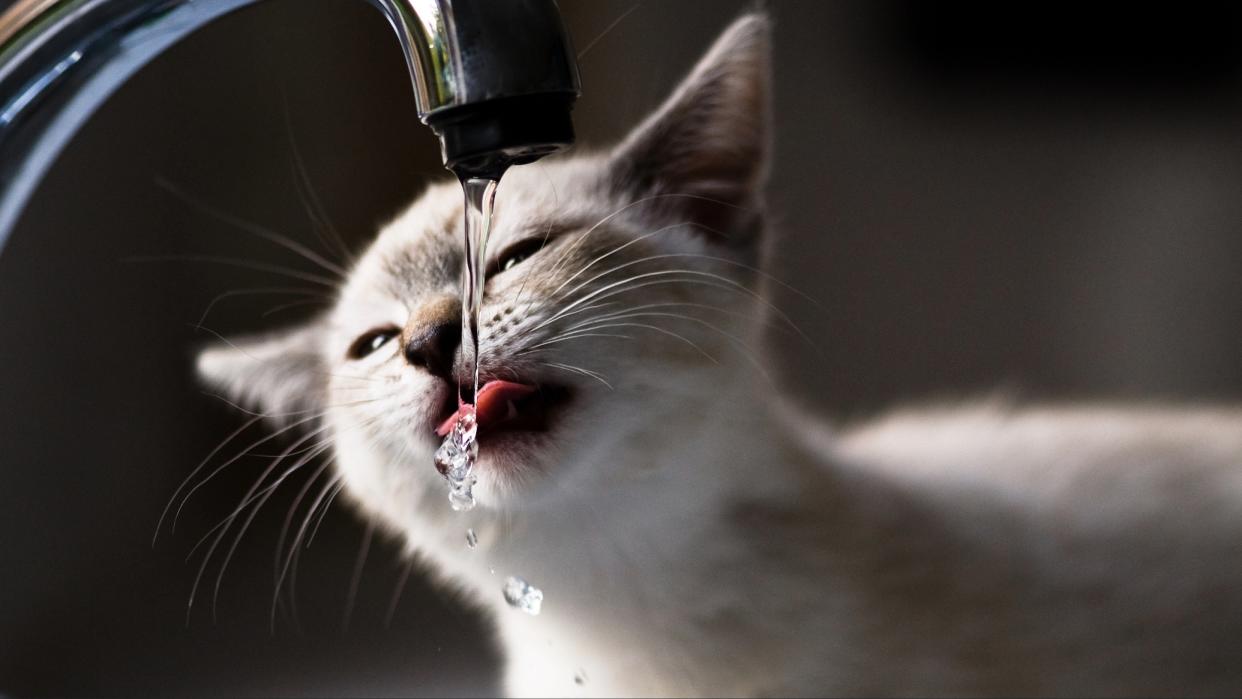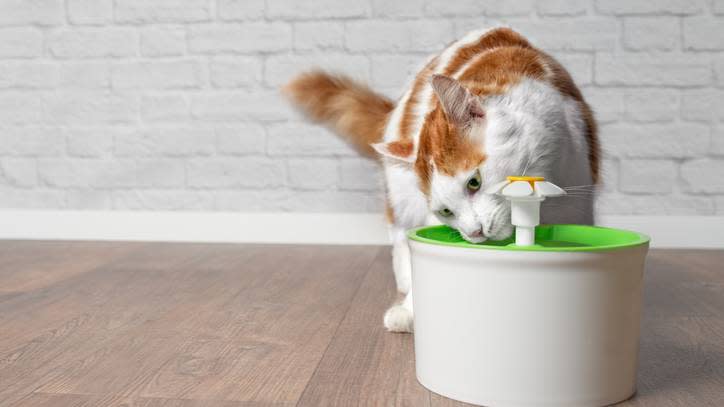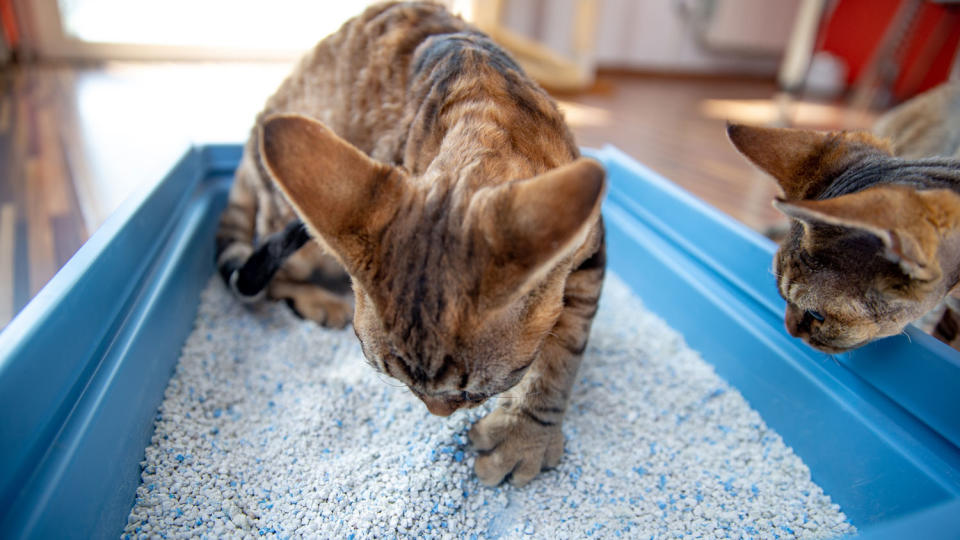Cat drinking a lot of water: is it a problem?

If you notice your cat drinking a lot of water and the behavior is not following your pet’s normal pattern of consumption, then it’s important to dig a little deeper. Although, for the most part, an increased water intake is perfectly innocuous, it can be an indicator of hyperthyroidism, liver disease, diabetes, urinary tract infections or kidney problems. As you can imagine, for the health of your feline friend, it’s crucial to know when a thirsty cat needs a trip to the vet.
Of course, water intake isn’t dangerous in itself. Some cats love a cool, refreshing drink and that’s why they will be attracted to the best pet water fountains or, at the very least, the best cat food bowls filled with fresh water (both being preferable to cats sipping from toilet bowls and puddles). The trick, however, is to work out whether a cat’s desire for water has increased to a great extent. If so, why?
Here we take a rounded look at the issue, examining the illnesses that cause excessive thirst in more detail while looking at more innocent explanations such as a temperature rise or a switch to the best dry cat food. Importantly, we look at the symptoms you need to look out for and the steps you need to take if you suspect something is wrong.
How much water should a cat drink a day?
While you may have a hunch that your cat is drinking too much water, it’s better to be absolutely sure. First of all, weigh your cat. Second, measure your cat’s average daily water intake by checking how much liquid is in its bowl at the start and end of the day.
You can then ask a veterinarian if the amount appears excessive or make a quick calculation yourself. In general, most cats shouldn’t drink more than 1.52 fl oz (45ml) of water per pound of their body weight. This means an 8lb (3.6lg) cat shouldn't drink more than 12 fl oz (363ml) of water in a day.
Why is my cat drinking a lot of water?
If you find the intake of water is on the high side, don’t automatically panic. Your cat may have always drunk a lot of water since they were a kitten so what you’re really looking for is a sudden change in their thirst.
Even then, there may be an innocent explanation: consider whether it's a hot day or their food type. Cats that are predominantly fed dry food need to drink more than cats who are fed the best wet cat food (this is among the factors considered in the dry vs wet cat food debate).
If there are no obvious explanations, however, please visit your vet for a further look into the behavior.
Should I worry about my cat drinking a lot of water?

By and large, cats don’t usually drink very much and they tend to keep their hydration to an absolute minimum. That said, water intake is a good thing. A study published in the journal Animals (Basel) suggested water can reduce the risk of calcium oxalate stone formation in cats and it’s known to keep kidneys healthier for longer.
Again, the important thing is whether a cat suddenly starts drinking substantially more. If your cat suddenly spends all their time at the water bowl then, yes, you are right to worry. If you notice any change in your cat’s thirst, you should really make an appointment with your veterinarian.
Is my cat unwell?
Keep an eye out for symptoms such as increased urination, changes in your cat’s appetite, vomiting, diarrhea, weight loss, vocalization, or even breathing problems.
Let’s check out some specific symptoms:
1. Thirsty yet losing weight, always hungry or meowing excessively
Any of these symptoms can point towards hyperthyroidism because too much thyroid hormone can make your cat really hungry, more vocal, and a bit frantic. The thyroid hormone also increases blood pressure and, over time, can lead to heart failure. You might also notice symptoms such as vomiting, weight loss, vocalization, hyperactivity, or changes in their breathing. Hyperthyroidism can be treated in various ways, including medication and surgery. An increased appetite in association with increased thirst can also be a sign of diabetes
2. Diarrhea
Diarrhea isn’t a typical symptom of conditions that cause excessive thirst. But, if your cat is drinking a lot and has diarrhea, they may be replacing the fluid they have lost in their poop. It doesn’t take long for dehydration to set in if your cat has vomiting or diarrhea.
3. Peeing outside their litter tray

If your cat is drinking more and peeing outside of the litter tray, it could be an indicator of diabetes, hyperthyroidism, and kidney and liver problems. It could also be caused by infection or inflammation of the urinary tract.
When to visit your vet
If your cat is otherwise well, it’s worth keeping an eye on their thirst for a few days to see if it settles and monitoring them for other symptoms. But, if your cat is unwell, has been drinking more for more than a day or two, or has any other symptoms, you should make an appointment with your veterinarian.
It’s also worth keeping an eye on other aspects of your feline’s behavior such as a cat not eating or a cat throwing up food after eating. You can also learn how to stop a cat from spilling their water bowl.

